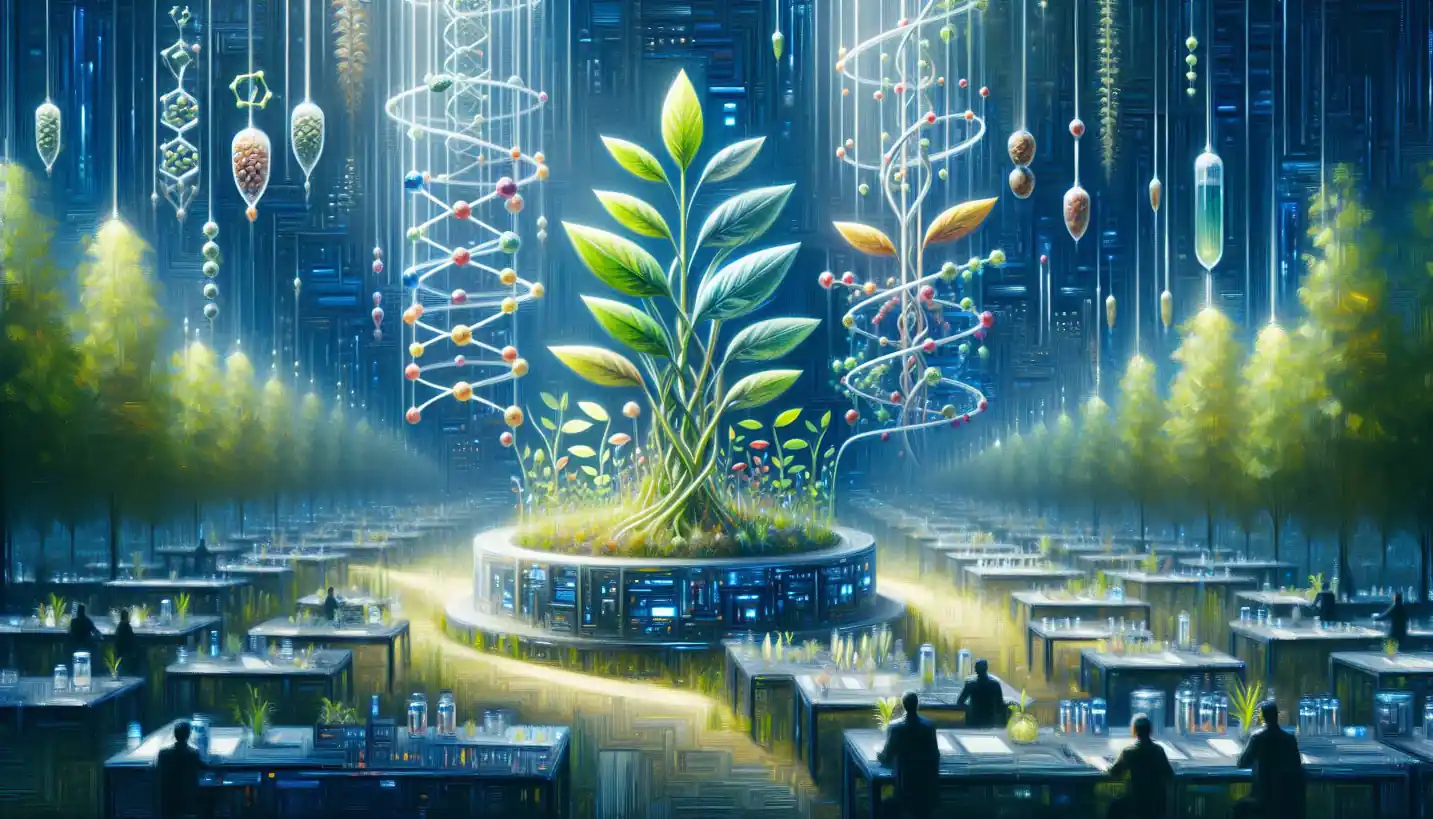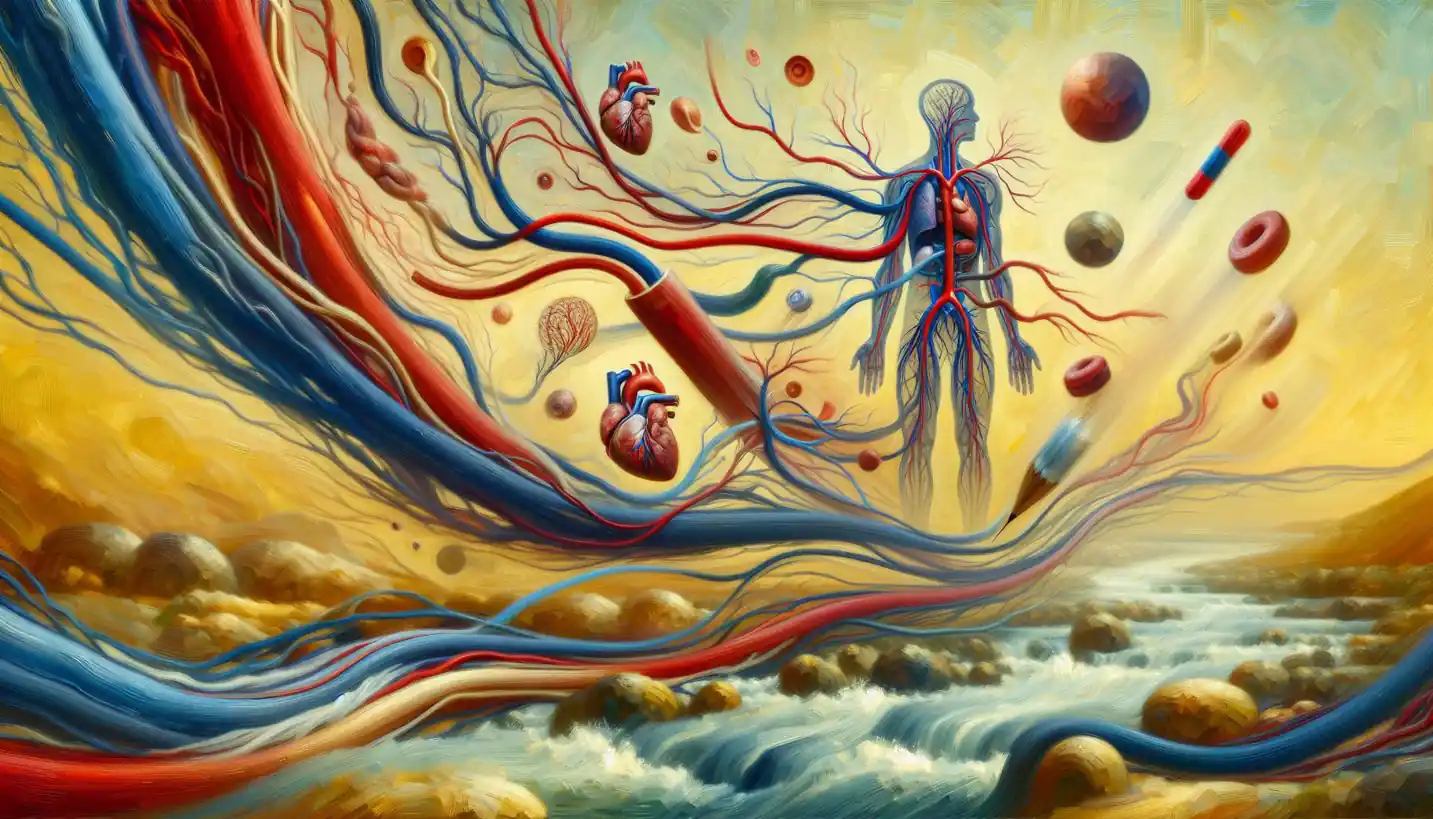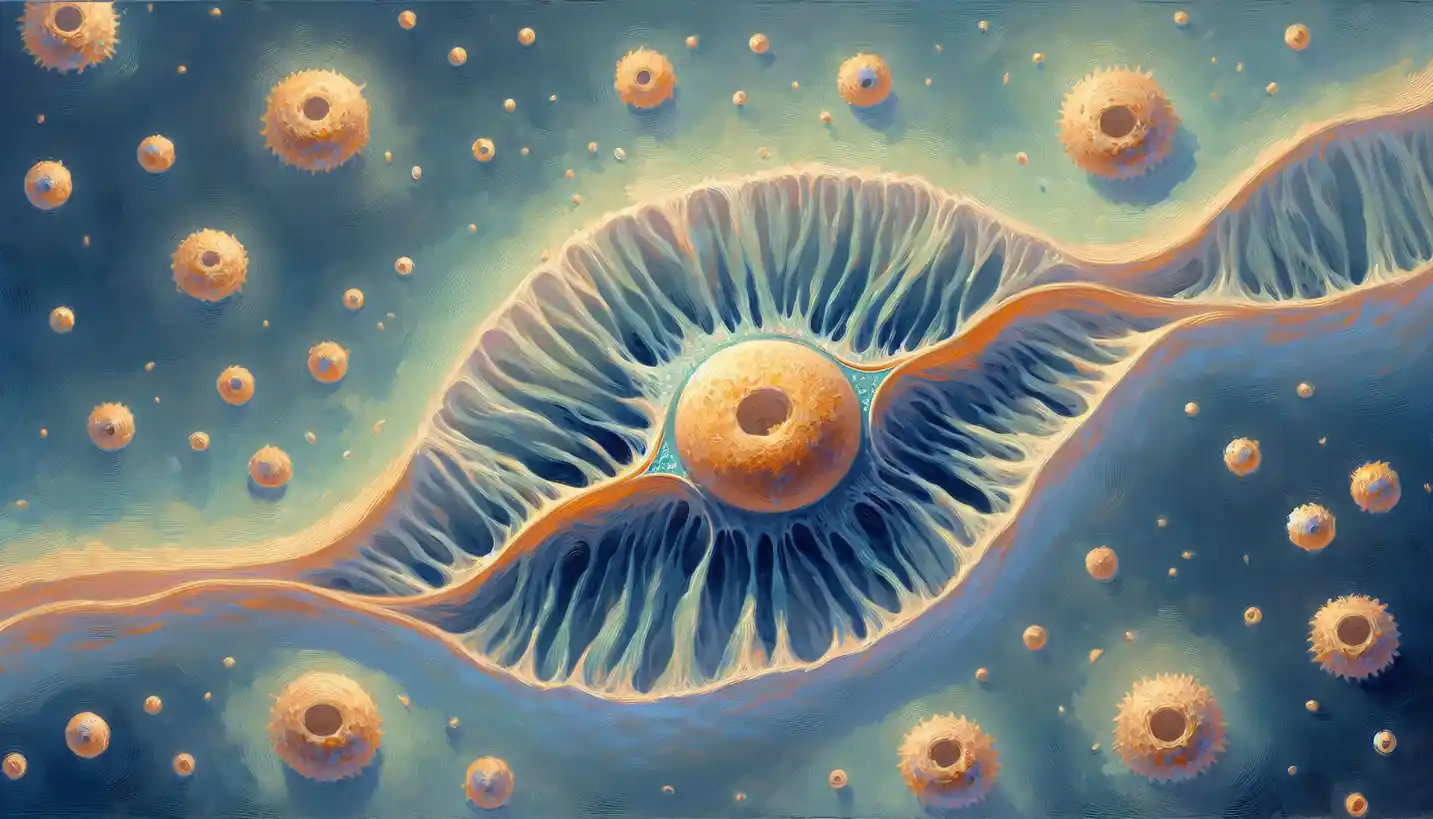· Biology · 4 min read
Microarray Technology: Revolutionizing Biotechnology and Biology
Microarray technology allows simultaneous analysis of thousands of genes. Discover how this innovation revolutionizes genetic research and diagnostics.

Once in a while, a breakthrough technology completely transforms how we perceive and study life. Microarray technology, with its roots in the 1990s, did just that for the fields of biotechnology and biology. Let’s delve into the marvel of microarrays and see how they have changed the scientific landscape.
What is Microarray Technology?
Picture a grid filled with tiny spots, each representing a specific DNA sequence. This is the essence of a microarray—an incredibly powerful tool that allows researchers to analyze thousands of genes simultaneously. By examining how genes are expressed, scientists can uncover insights into genetic disorders, cancer progression, and even the responses of cells to various drugs.
The concept is like trying to understand a vast library by reading many books at once rather than one at a time. This ability to observe numerous genetic signals at once is what makes microarrays so revolutionary.
How Does Microarray Technology Work?
Imagine you’re at a concert with a massive crowd. Each person is shouting out their favorite band. If you want to know which band is most popular, you’d need some way to listen to everyone at once. Microarray technology works in a similar manner. It uses a glass slide with thousands of tiny spots of DNA, each representing a specific gene. When you add a sample of RNA, which carries messages from active genes, you can see which genes are “shouting” the loudest—or being expressed the most.
Preparing Microarrays
Preparing microarrays requires precision. Scientists carefully place thousands of different DNA sequences onto specific spots on a microarray chip. Each spot, or probe, corresponds to a unique gene. The spots are then fixed onto the surface, creating a grid that can be read with special equipment.
Analyzing Gene Expression
After preparing the chip, researchers add RNA from the sample they wish to study. This RNA will bind, or hybridize, to the complementary DNA on the microarray. The more RNA sticks to a particular spot, the more active that gene is in the sample. This binding can be visualized using fluorescent labels. By scanning the chip, scientists can see a snapshot of gene activity.
Applications of Microarray Technology
Microarrays have a multitude of applications, bridging diverse fields such as medicine, agriculture, and environmental science.
Medicine and Diagnostics
In medicine, microarrays have revolutionized diagnostic processes. They can be used to quickly identify genetic predispositions to diseases, allowing for earlier and more personalized interventions. For example, by investigating gene expression patterns, doctors can better understand certain types of cancer and tailor treatment plans to fit individual genetic profiles.
Agricultural Advancements
In agriculture, microarrays help scientists improve crop resilience. By analyzing plant gene expression, researchers can identify which genes help crops withstand drought or pests, leading to more robust agricultural practices and food security.
Environmental Science
Microarrays also play a significant role in environmental studies. Scientists can monitor the expression of genes in organisms exposed to pollutants, helping to assess environmental health and develop strategies to mitigate harmful effects.
The Impact of Microarray Technology
Microarray technology isn’t just about collecting data; it’s about uncovering a new understanding of biology at a massive scale. With the detailed information they provide, microarrays have opened up new pathways in personalized medicine, biotechnology, and research methodologies.
Microarrays have also paved the way for more advanced technologies like RNA sequencing, which continue to build upon the foundations laid by microarray research. These tools help refine our understanding of genomes, genetic variations, and cellular processes.
Future Directions and Challenges
Looking ahead, the potential of microarray technology seems limitless. However, challenges do exist. The complexity of data collected requires robust analytical tools to make sense of it all. As technology advances, integrating artificial intelligence and machine learning might be key to unlocking the full potential of these datasets.
Moreover, while microarrays are powerful, the rise of next-generation sequencing has provided researchers with even more detailed genomic insights. Balancing the benefits of microarrays with newer technologies will be essential in research strategies moving forward.
Concluding Thoughts
Imagine a world where doctors can predict diseases with unmatched accuracy, farmers can grow crops under the toughest conditions, and scientists can understand the environmental impacts at a genetic level. Microarray technology brings us closer to this reality. It has given scientists incredible tools to explore the intricacies of life, leading to strides in health, agriculture, and environmental stewardship.
In the grand tapestry of biotechnology and biology, microarrays remain a shining example of human curiosity and innovation. As we continue to explore the world at the genetic level, who knows what the next breakthrough will teach us about life itself?


